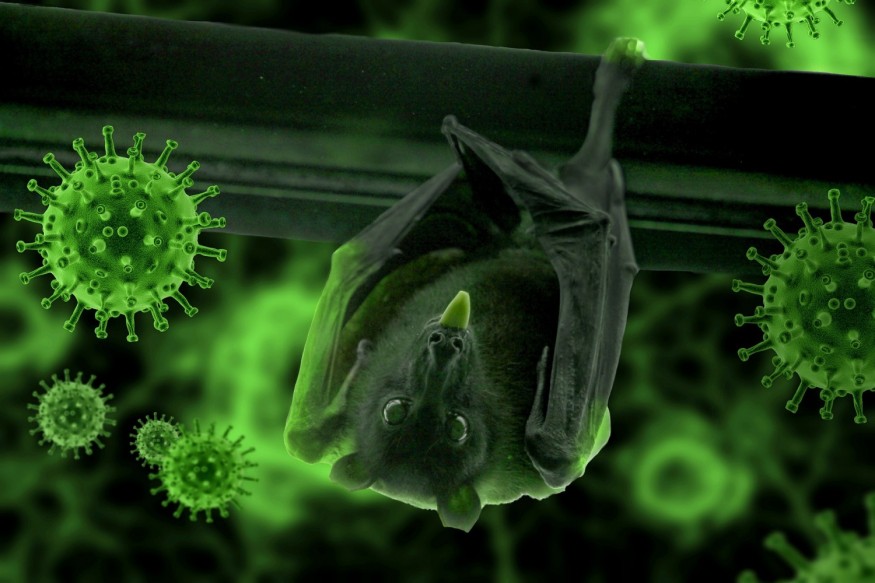
Since the beginning of the 21st century, two viral outbreaks have been caused by coronaviruses that were transmitted from animal hosts to the human population, mutating in the process to attach itself onto human cells. COVID-19 is the third disease outbreak caused by a coronavirus.
Scientists believe that the past and present coronaviruses are just the vanguards of an army of potential pathogens that may come in thousands. Medical science is fighting back with equipment and tools it has and building new defenses, but will it be enough?
Researchers who study infectious diseases say that a large number of viruses that exist in so-called animal hosts is not surprising. The real concern is that as humans evolve in their behavior and both in social and economic aspects, humans are increasingly bumping up against this army in animal habitats.
Deforestation and expansion of farmlands
Approximately, the human population has now reached 7.7 billion from 3 billion in the 1960s. To create space and accommodate the growing population a series of deforestation occurs worldwide and as well as the expansion of farmlands to supply food and other commodities to humans' growing population.

Unknowingly, the World Health Organization (WHO) identified this as one of the factors that allow infectious diseases to emerge at a faster rate in human populations. This includes the three major deadly coronaviruses so far: Sars-CoV, Mers-CoV, and Sars-CoV-2.
The WHO said that the outbreak of the disease is the result of a complex web of human infrastructure and global-spanning transport networks, although most of these new viruses come from animals.
Veterinary Epidemiologist Dirk Pfeiffer said, "These spillovers have always happened but it's our activities that are changing things." Through human actions, it has caused an imbalance and is getting closer to the forest and the wild animals and pathogens that we have no knowledge about before.
21st century: A long history of scourges
Even before the COVID-19 pandemic began, the World Health Organization has already pointed out that the 21st century is a "long history of scourges." Referring to the re-emergence of the plague, that killed 700 people in Madagascar in 2017 and the viral outbreak, such as the severe acute respiratory syndrome (Sars).
A team of experts used mathematical models to estimate the possible number of unknown viruses in animals, and it reached up to 1.7 million. It is the same mathematical model that estimated that there could be over half a million that could potentially cause human diseases.
Experts are advocating to give more investments and funds that the public health services will need to develop improved ways of monitoring unexplained fevers and pneumonia in communities. That consists of the use of big data to assemble medical records, mobile phone data, and flight patterns to predict the behavior of the outbreaks to intercept them.
In an ideal scenario, experts would be able to draw conclusions from information gathered from disease surveillance around the world and use it on identifying risk factors like environmentally disturbed areas, large agricultural areas, and wildlife trade. In the future fight against disease outbreaks, it would be a huge step forward to gather all that information in one place.
Also Read : Living Beneath The Oceans Are Unsung Heroes That Could Remove up to 98% of Viruses in Few Hours
For more updates, like the Science Times page on Facebook or Sign up for our newsletter.
© 2025 ScienceTimes.com All rights reserved. Do not reproduce without permission. The window to the world of Science Times.











